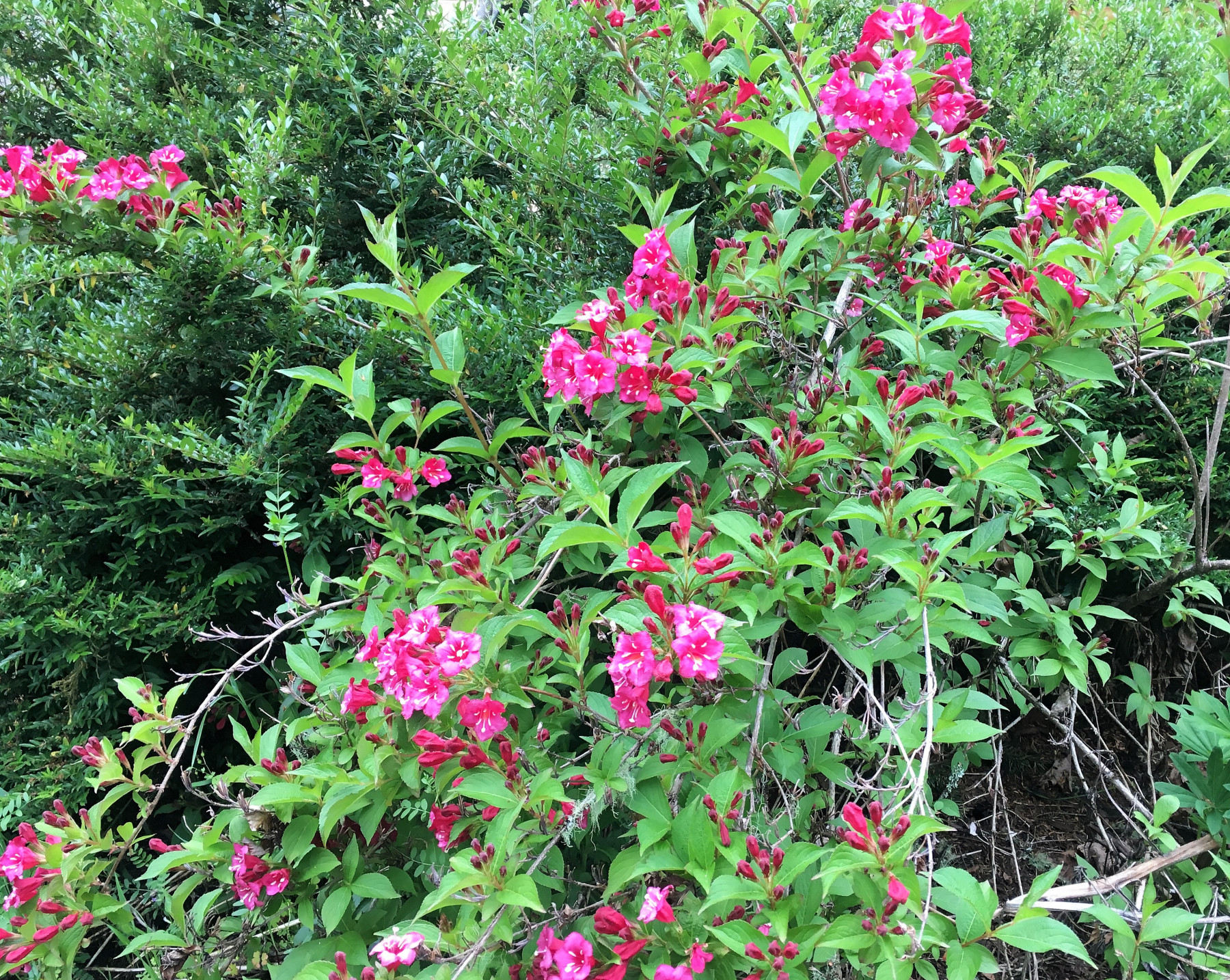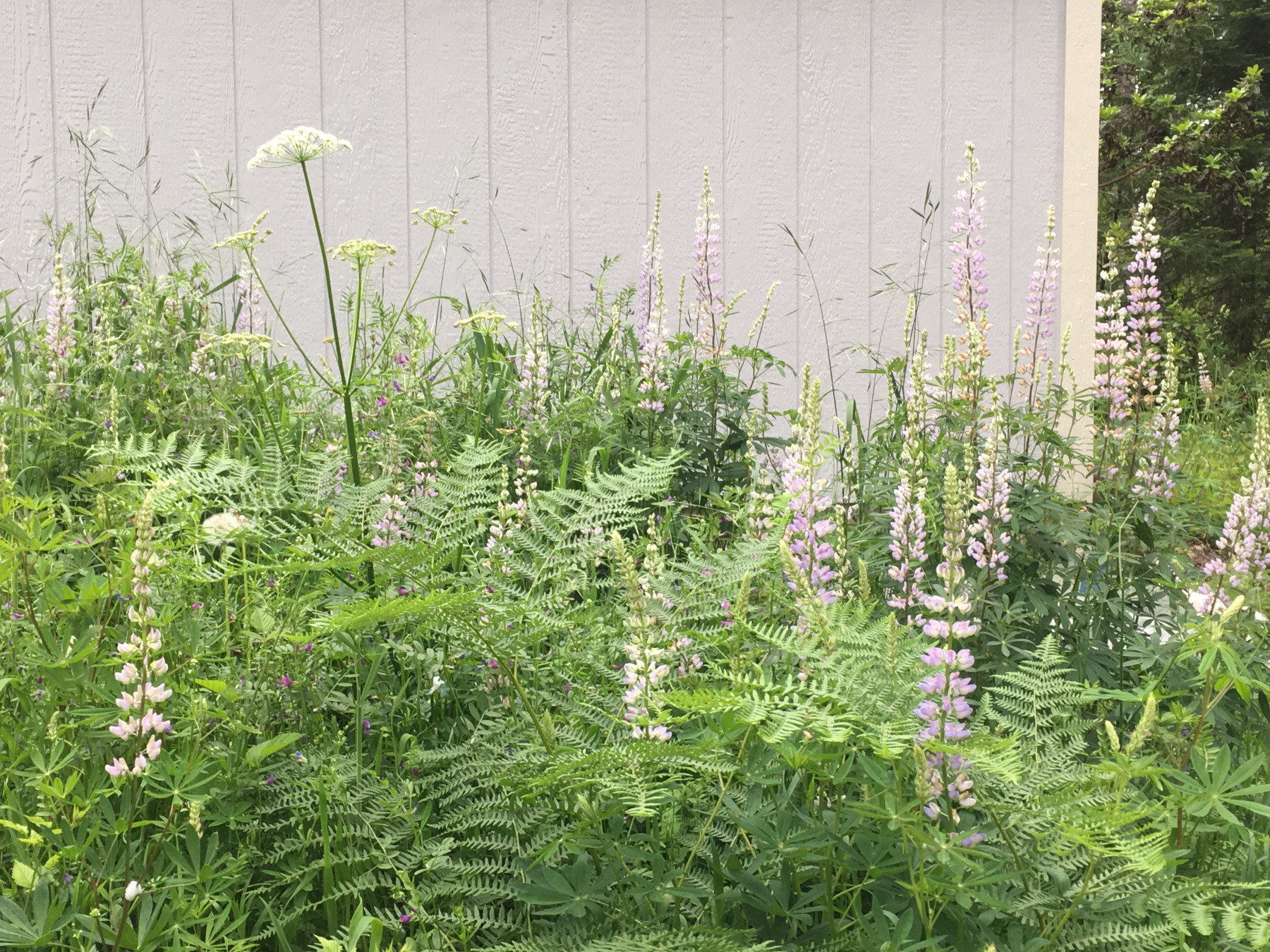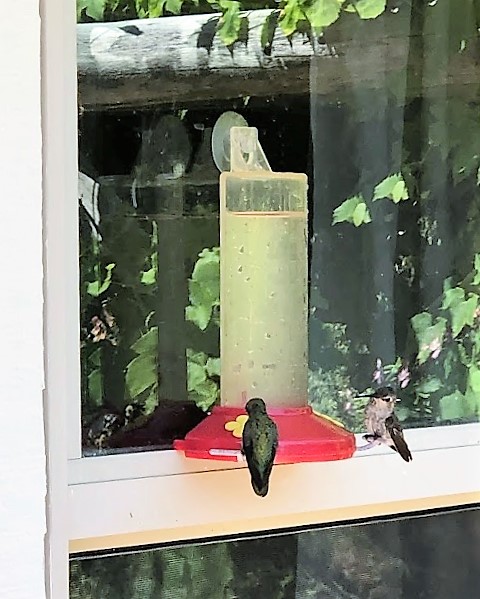
The Anna’s hummingbirds have been in my Pacific Northwest garden all winter. But this month the rufous hummingbirds return. And all kinds of hummingbirds are returning to gardens all over the U.S. So I’m talking with my friend Ciscoe Morris, author, garden expert, and media personality about what plants we can purchase from the nursery or start in the greenhouse that will support the hummingbirds’ astonishingly fast-paced life. Turns out, what’s good for hummingbirds is also good for us.
Ciscoe shares the facts. Did you know that we are lucky to have hummingbirds in our gardens? The 345 species are only found in the Americas—North, Central, and South. Hummers are prodigious long-distance flyers, and those that migrate can do a 5000-mile round trip and, Ciscoe says, “end up right back in your garden.” So, if you think you recognize the same hummingbird in subsequent years, you could be correct.

For sure, they recognize you. The latest research shows that hummingbirds, like crows, can individuate human faces. Ciscoe says they’ll also recognize your garden as a good spot to congregate if you fulfill their needs for food, water, and a sheltered place to build their tiny nests, held together with spider web silk.
To support your hummers, notice which early-flowering shrubs, perennials, and annuals—especially natives—they visit. And plant those. For instance, where I live, the hummers return when the native flowering current (Ribes sanguineum) opens. However, they also go for what are deemed “nativars.” Those are selected varieties. Ciscoe likes R.s. ‘White Icicle’ or ‘King Edward VII’. By combining both natives and cultivars, you extend the flowering season for the hummers—and enjoyment for yourself.

Woody shrubs, such as elderberry (Sambucus canadensis), are perfect hidden spots for a nest. And when the teeny babies are hatched, their main diet is insects—so hummers are working for you as pest controllers. “They even steal bugs from spiderwebs,” Ciscoe notes.
As for water, Ciscoe says, “Hummingbirds prefer splashing through falling droplets, rather than a flat-surfaced birdbath—even a couple of inches can be too deep for them.” A small pump on a water feature might be a good garden addition. And the soothing sound can benefit you as well.
Ciscoe does not put out feeders because he often is away from his garden. He lets the diversity of his plantings support them. However, if you do decide to hang feeders, make a commitment. Year-round hummers are relying on you for that sustenance all winter. ONLY use white sugar in the recipe—1 cup white sugar to 4 cups water. Go online to find creative ways folks maintain their feeders in freezing weather.

Many of the hummingbirds’ favorite plants can overwinter in your greenhouse and be brought out for summer. Consider a container-grown Chilean lantern tree (Crinodendron hookerianum). Or look for flowering maples, like Ciscoe’s suggestion of Abutilon ‘Savitzii’ with its variegated green and white foliage. And they’ll love visiting any citrus flowers.
Also, you can start seeds in the greenhouse of plants that hummingbirds will adore later on in the season, such as columbine (Aquilegia), flowering tobacco (Nicotiana), penstemon, monarda, and salvia. Nasturtium seeds are especially easy. However, my nasturtiums always get aphids when the weather turns hot. Now that’s a double bonus for our hummers, who will dine on the bugs and appreciate the nectar.


